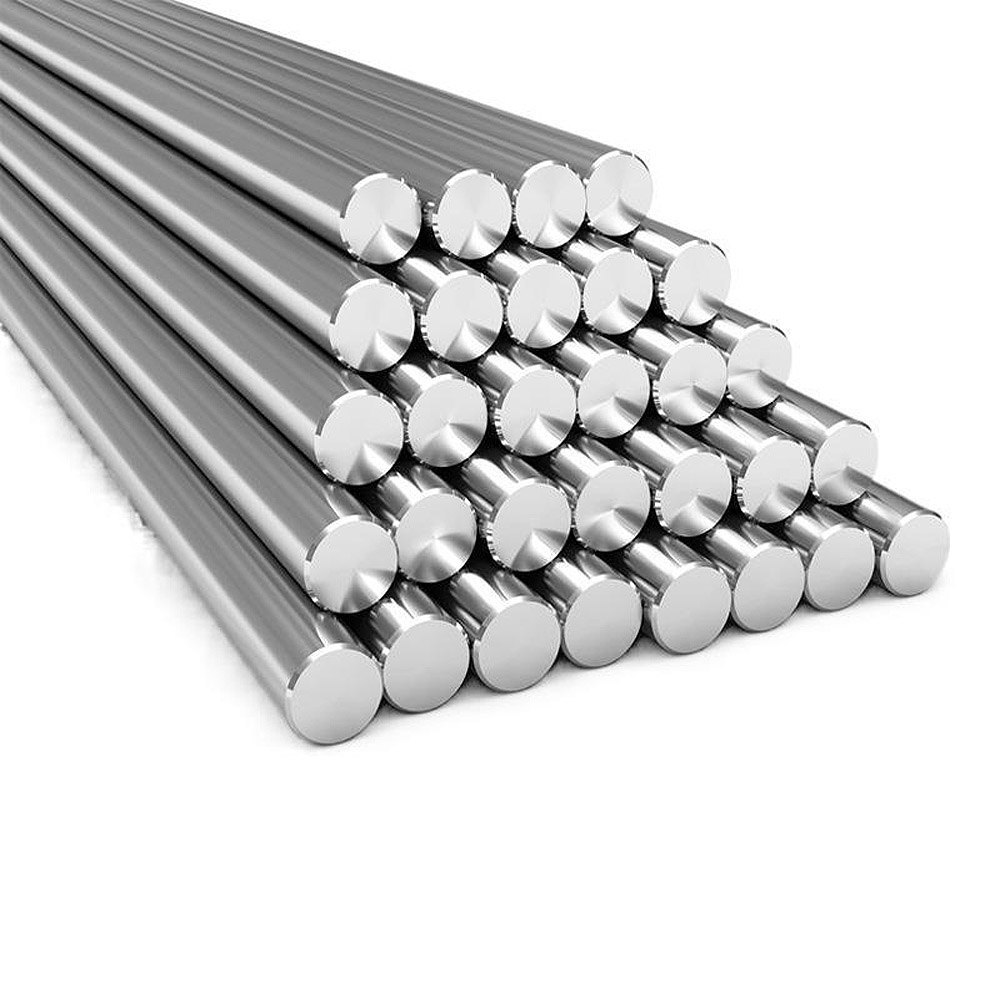-
About
-
Our Brand
-
Products
-
Community
Community
Blog
Blog
Stainless Steel Round Bar Application Material Specification
- Writer
- STEELTOPIA
- Date
- 24-03-22
Stainless Steel Round Bar
Stainless steel round bars are cylindrical metal bars made of stainless steel, a type of steel alloy with a chromium content of at least 10.5% by mass. These round bars are used in a variety of industries due to their excellent mechanical properties and corrosion resistance.

2. Chromium: Provides corrosion resistance by forming a passive oxide layer on the surface of steel, protecting it from rust and other forms of corrosion.
3. Nickel: Enhances corrosion resistance and toughness of stainless steel.
4. Other alloying elements: Elements like molybdenum, titanium, and copper can be added to improve specific properties such as strength, machinability, and resistance to pitting corrosion.
Characteristics of stainless steel round bars:
1. Corrosion resistance: Stainless steel exhibits excellent resistance to corrosion, making it suitable for use in harsh environments such as marine, chemical, and food processing industries.
2. High strength: Depending on the grade and heat treatment, stainless steel round bars offer high tensile strength, enabling them to withstand heavy loads and stresses.
3. Heat resistance: Stainless steel maintains its mechanical properties even at high temperatures, making it suitable for applications involving elevated temperatures or thermal cycling.
Applications: Valve shafts, rotating shafts, tableware, kitchen appliances, and various mechanical parts.
Materials: 304 / 316, and many others.
Finishes:
- Polished: A smooth, reflective surface finish achieved through mechanical or electropolishing.
- Brushed: The surface is brushed with an abrasive material to achieve a satin-like finish.
- Annealing: Heat treatment finish to eliminate internal stresses and improve machinability.
(mm) | (kg) | (mm) | (kg) |
6 | 0.224 | 55 | 18.83 |
7 | 0.305 | 60 | 22.41 |
8 | 0.399 | 65 | 26.3 |
9 | 0.504 | 70 | 30.502 |
10 | 0.622 | 75 | 35.015 |
11 | 0.753 | 80 | 39.84 |
12 | 0.896 | 85 | 44.975 |
13 | 1.052 | 90 | 50.422 |
14 | 1.22 | 95 | 56.181 |
15 | 1.4 | 100 | 62.25 |
16 | 1.593 | 105 | 68.631 |
19 | 2.247 | 110 | 75.323 |
20 | 2.49 | 115 | 82.326 |
22 | 3.012 | 120 | 89.64 |
25 | 3.89 | 130 | 105.203 |
28 | 4.88 | 140 | 122.01 |
30 | 5.602 | 150 | 140.063 |
32 | 6.374 | 160 | 159.361 |
35 | 8.067 | 170 | 179.904 |
38 | 8.994 | 180 | 201.691 |
40 | 9.96 | 190 | 224.724 |
42 | 10.98 | 200 | 249.002 |
45 | 12.605 | 250 | 389.065 |
48 | 14.342 | 300 | 560.254 |
50 | 15.562 | 350 | 762.588 |


 HOME
HOME